Borderlands
The characters in the portraits, called “—cludes”, are wrapped in layers of fabric from eleven regions of the world that shield them from interrelating with anything beyond the material. The one on the other side of the fabric questions the very nature of belonging and the duality of the homeland and the diaspora. Is the subject the one who imposes the standards, the decision maker, the ‘include’? Or the ‘exclude’? In the human act of processing our surroundings, we unconsciously categorize. We separate good from evil; familiar from unfamiliar; threat from safety; alien from native, and so on. We, influenced by categorizations, ourselves, create these dichotomies. The theme of duality extends to questioning the moment in which the mysterious becomes apparent, freedom becomes restraint, the above becomes the underneath, and illusion becomes reality.
Seeing is an act of power, but so is being seen. Are the -cludes hiding or are they being hidden? Is it an active form of anonymity or a passive one? When confronting the -cludes, they escape our categorization, forcing us to confront the ways we include and exclude others in our daily lives. Is exclusion motivated by a primitive fear and search for security? Is it a a form of self-preservation that mutates the exclude into a villain?
What are the fabricated barriers in society that inhibit the incorporation of others? Or are
the obstacles just that: ideas, intuitions, fear, discriminations and ‘understandings’? Fabric, like borders, is narrow and long, defined physically and yet interpretative in identity- both have a capacity of exploration. Textiles are products of the earth, canvases through which culture manifests itself at the surface, and objects that become apart of us. Aren’t borders as well? Or are they simply spaces of blankness.
Borderlands was inspired by the aggressive push to block access, coupled with a strong nationalistic phenomenon taking precedence over providing security and refuge for those in greatest need. This discourse has already begun to build walls around the globe while simultaneously eroding communities built on diversity, pushing them farther to the fringe of society.
The -cludes are “undocumented” characters- their names are ambiguous and their exact location, a mystery. They are unidentifiable, except for the details displayed such as color, symbolism and texture eventually drawing on a sense of connection and alienation, all at once. Their existence questions our humanity, both outside of us and inside of us.
They cannot see nor can they be seen? Where do they come from, where are they going, what do they long for?
What of those that exist on borders? Migrant workers, refugees, exiles, asylum seekers, boat people, trafficked persons, aliens are terms used in case studies and policy making, all with different “values” that grant each of them different standards of mobility— but aren’t they all people who have involuntarily found themselves in another place, stuck in a trench, a no-man’s land, fending for themselves with no protection, no passports, and no international recognition? So, where does that place the expatriate, the nomad, the soldier or the veteran?
With borders changing all the time, regimes coming and going, passports becoming invalid, new lines stitched across maps, nations deriving new names and laws becoming progressively malleable, how can one ever feel secure? And why is it that persons of these nations are judged when it’s they who lost everything and suffer the most in the vacuum of longing and belonging?
Do we take on the humanist approach knowing that it is at our own the expense? Or do we take the nationalist approach and close our borders for self-preservation while also cleansing those that are “not with us”? Can countries that are built on diversity, so variant in cultures, colors and convictions, exist, or must we become as homogenous and as powerful as possible at the expense of our species?
How do borders settle into our daily lives and which ones are self-imposed? Such variables include gender, race, religion, sexual preference, class, education, preconceptions, prejudices, liberties, and laws. Does “community” or “nation” include the boundaries of the human and its relation ‘the homeland’? If so, how do we set the perimeters to it?
Fabric, ancient in its invention, is archival with the passage of time. The fabric, like the human beneath it, or the border it symbolizes within this body of work, is also vulnerable to the elements and to time. When all is said and done, borders shift and textiles disintegrate, but if well preserved and nurtured with culture, knowledge and grace they remain intact. Borderlands, like textiles, are territories of exploration and zones in which our legacies will be judged.
 Share / Save
Share / Save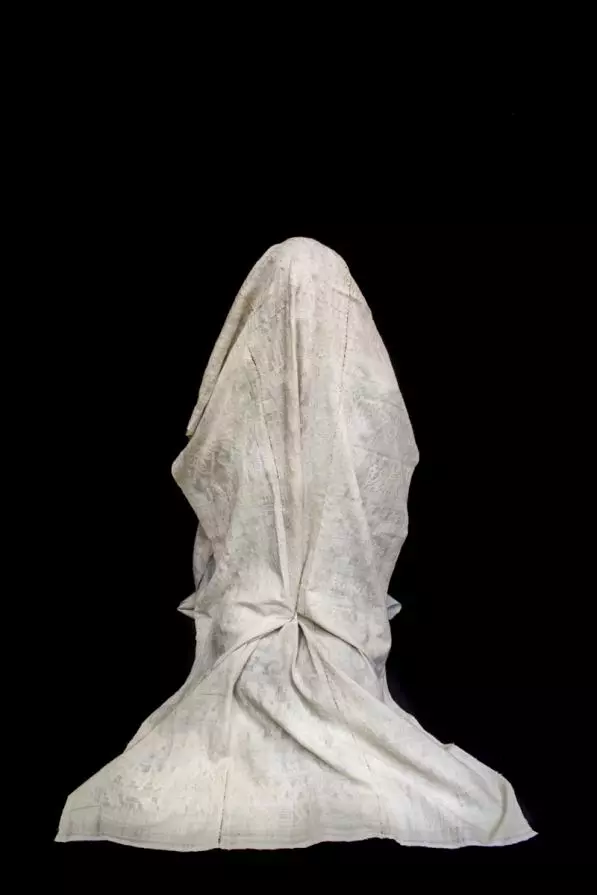
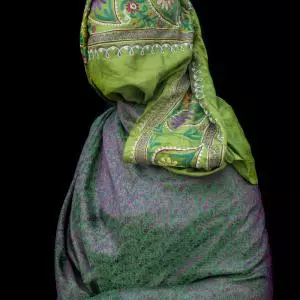

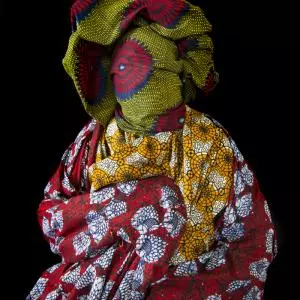
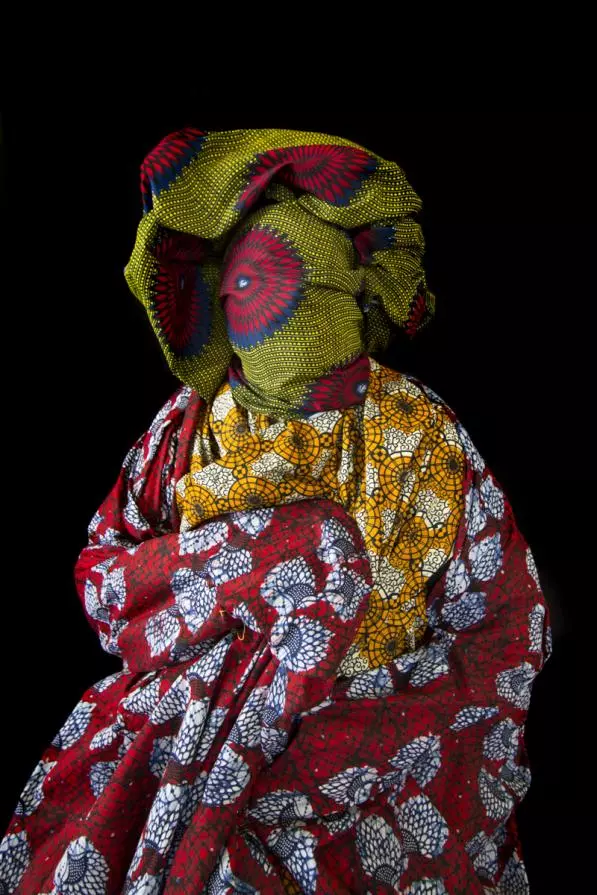
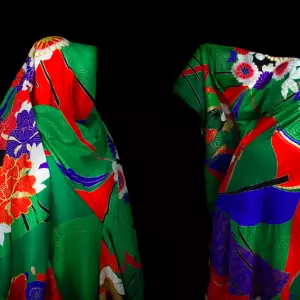
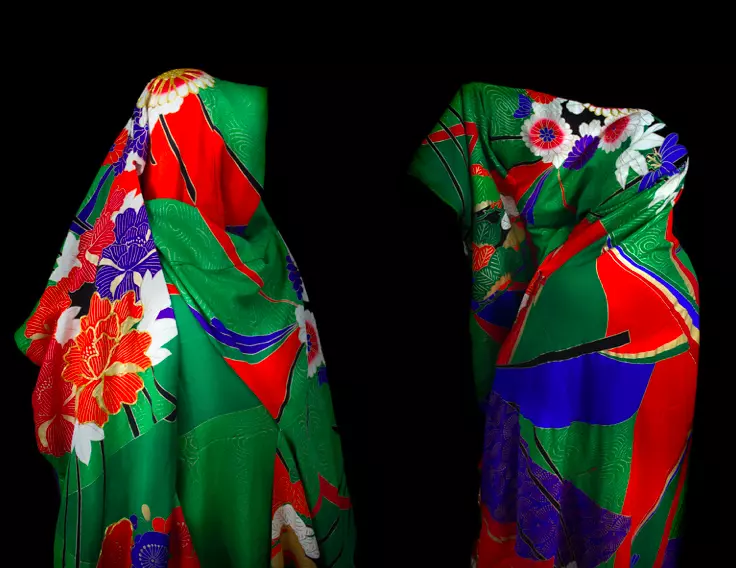

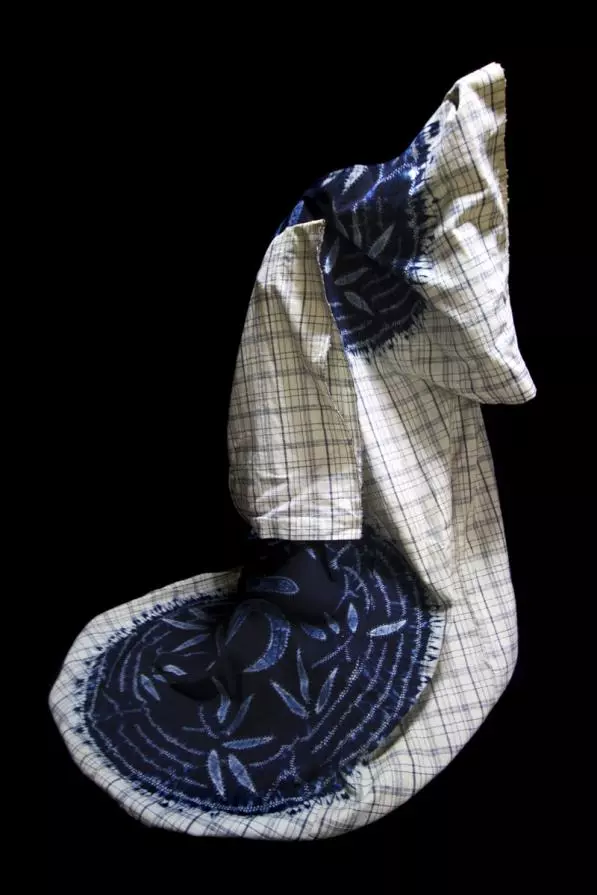
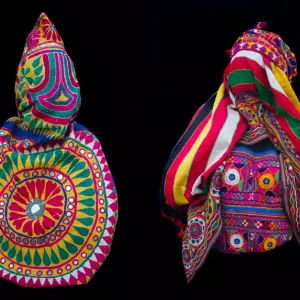



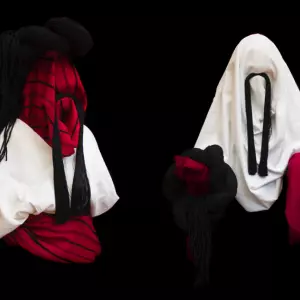
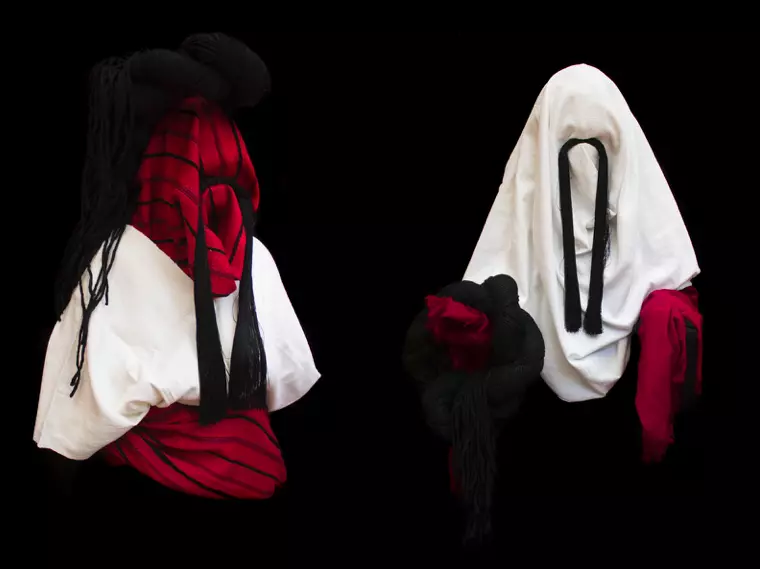

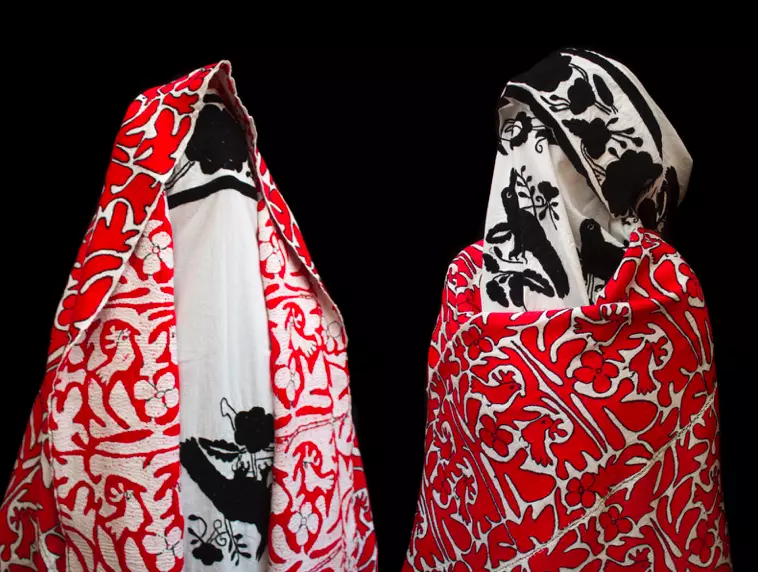
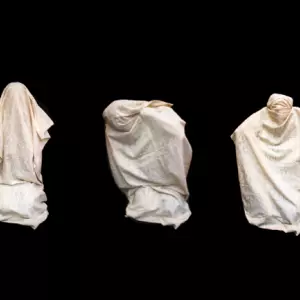














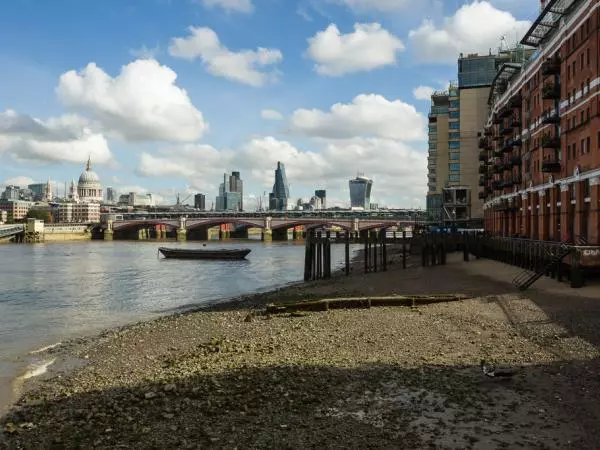
Commenti 0
Inserisci commento